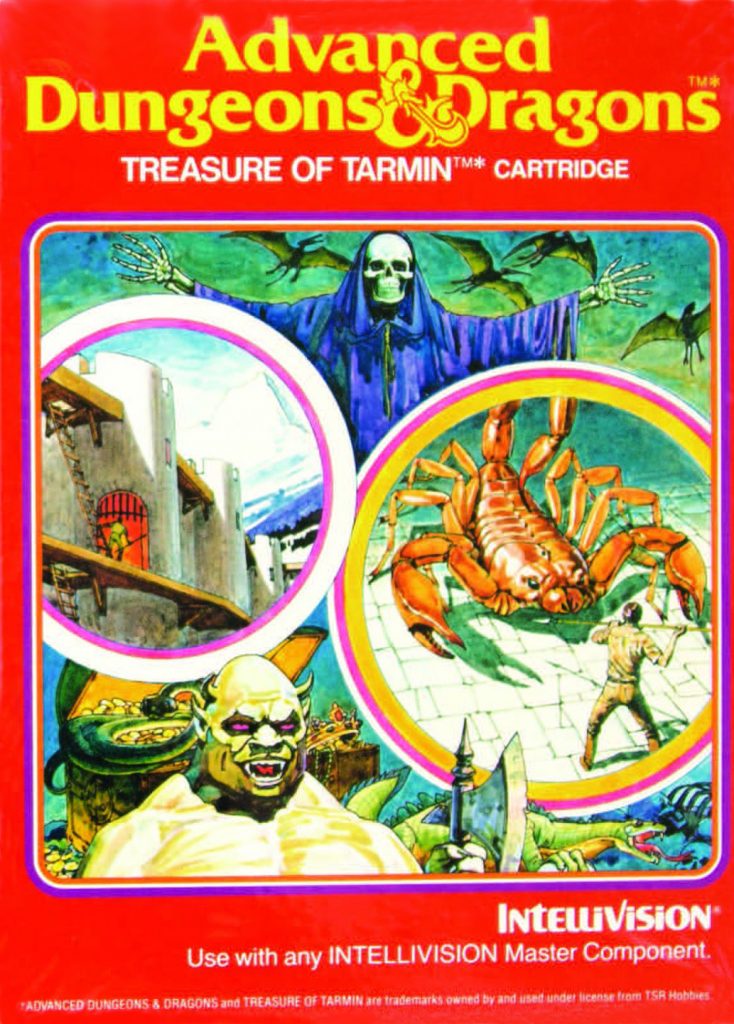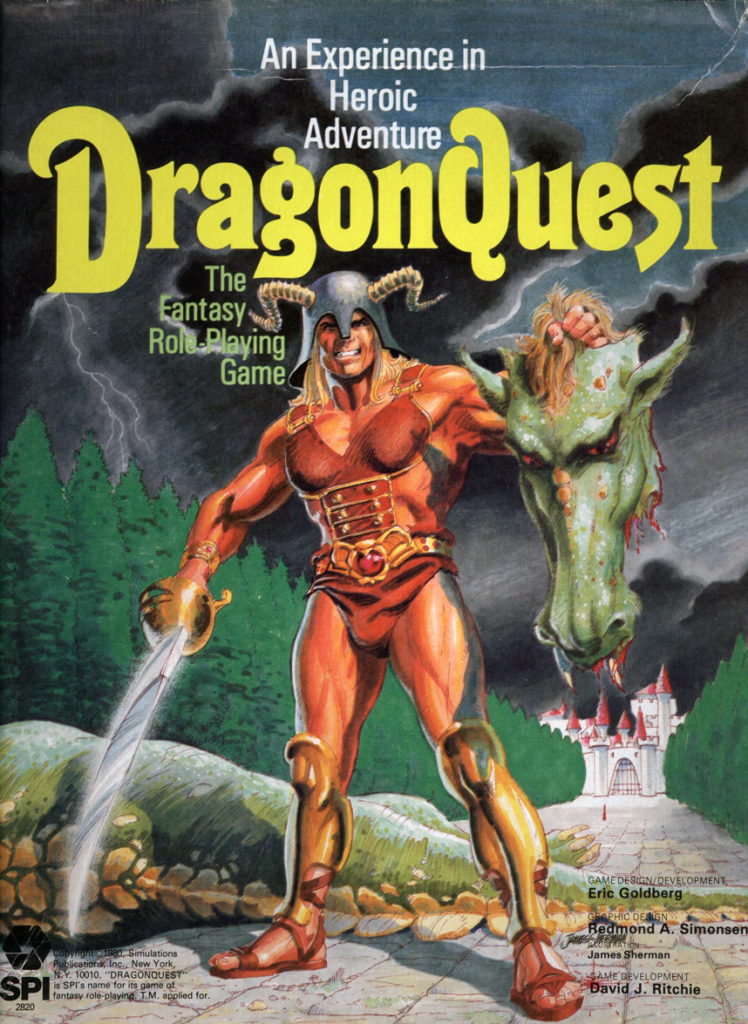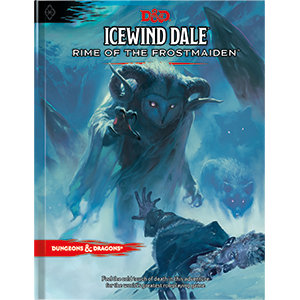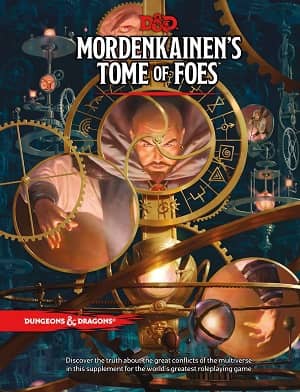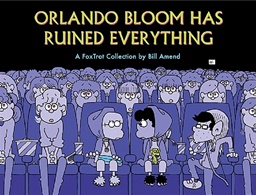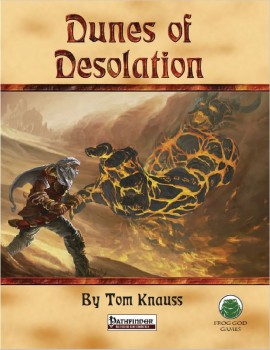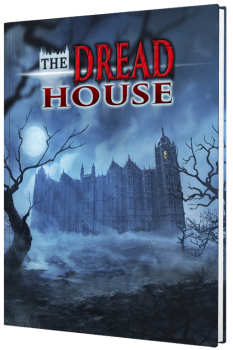Advanced Dungeons & Dragons: Treasure of Tarmin video game for the Intellivision console
Some months ago I wrote about Advanced Dungeons & Dragons: Cloudy Mountain, the 1982 video game by Mattel for the Intellivision home gaming console, so it only seemed right I also come up with an article about the followup game, 1983’s Advanced Dungeons & Dragons: Treasure of Tarmin.
Right off the bat, Treasure of Tarmin is graphically a massively different game than Cloudy Mountain. For one thing, most of the action is in a three-dimensional, first-person view of the various mazes the player’s character must traverse; while this wasn’t the first video game to offer first-person action (that game would be 1972’s Maze War), this viewpoint was rare at the time for video games and, looking back, seems almost an impossibility for the limits of a home console during that era. So, visually, Treasure of Tarmin offered something not quite unique but almost so to the kids sitting at home tapping away on their Intellivision controllers.
More than just graphics, however, Treasure of Tarmin offered a depth and complexity of gameplay that was not common at the time, and again was something not generally thought of as possible for a home console of that period.
…